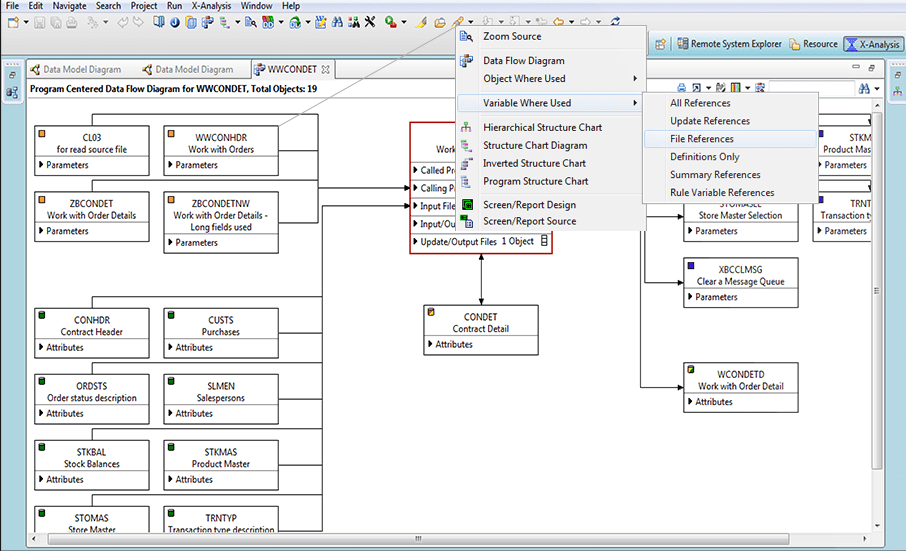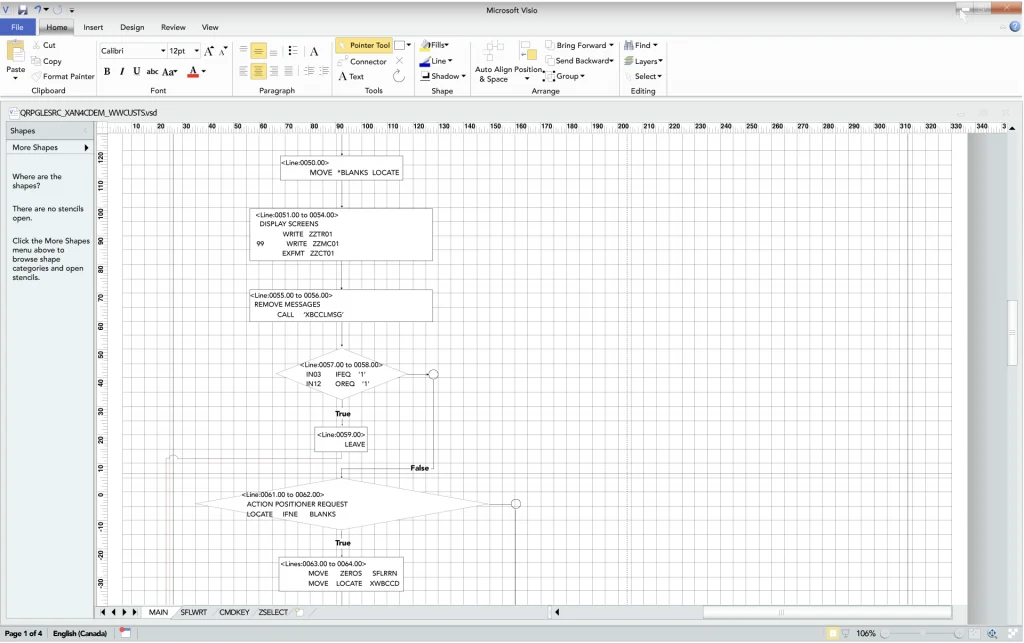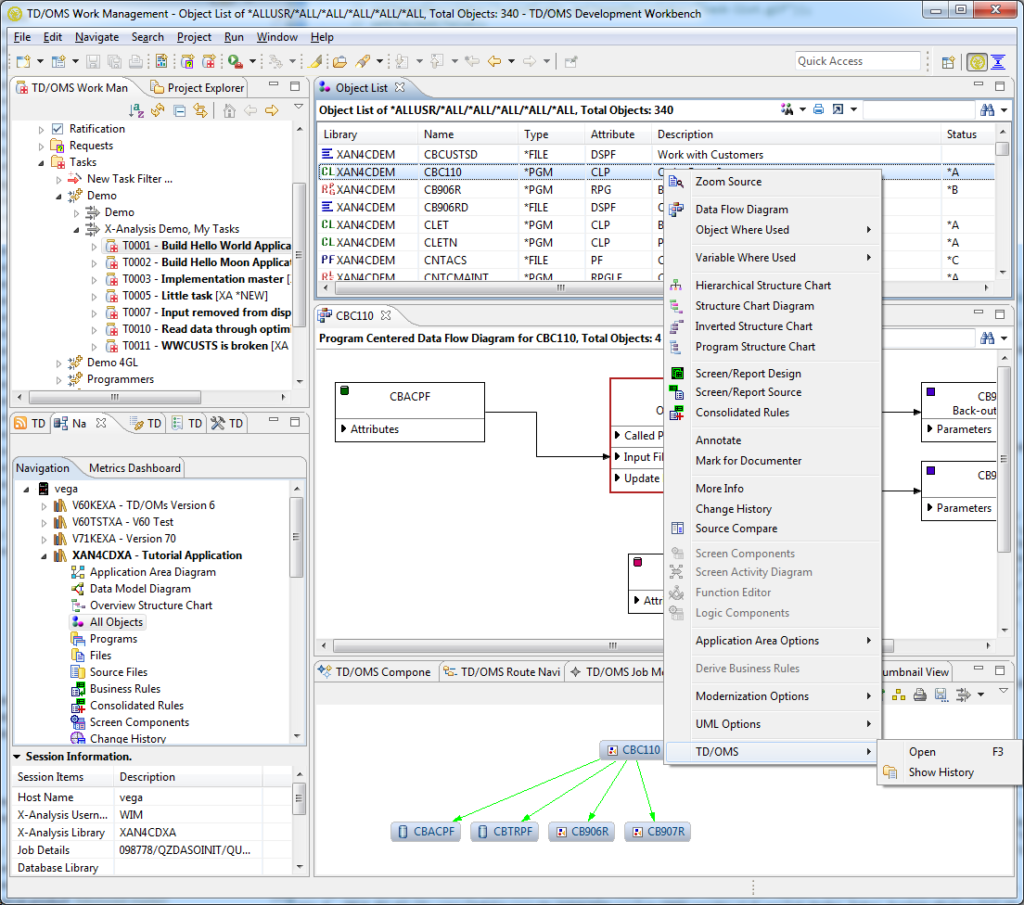For many years, Proximity has developed, supported and maintained business-critical IBM i applications for DB Schenker across Europe, building a long-standing, close and mutually beneficial working relationship. So, when DB Schenker Finland was looking for a company to not only support and maintain Opera, their domestic IBM i-based TMS, Opera, but also to get involved in exciting ‘next generation’ projects, integrations and new IBM i application development, they came to us.







